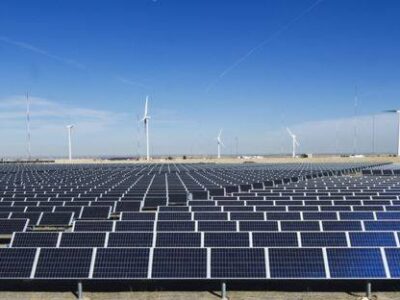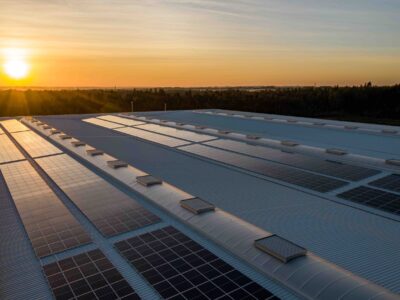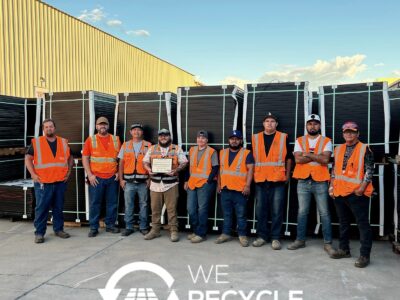The United States is jump-starting an American offshore wind industry designed to lower energy costs, create jobs, reduce pollution, and strengthen national security. The Gulf Coast — the nation’s primary offshore source of oil and gas — is a focus region for a growing number of offshore wind projects.
Most recently, the Department of the Interior held the first-ever Gulf of Mexico-area auction for an area known as the Lake Charles Lease. Auction winner RWE Offshore US Gulf LLC is expected to generate up to 1.24 gigawatts of clean energy by harnessing the area’s winds.
The Lake Charles Lease Area is one of three areas off Louisiana and Texas recently made available for offshore wind development by the Interior Department’s Bureau of Ocean Energy Management. For RWE Offshore US Gulf LLC, it’s a $5.6 million investment set to pay big dividends not only for the company but for area residents.
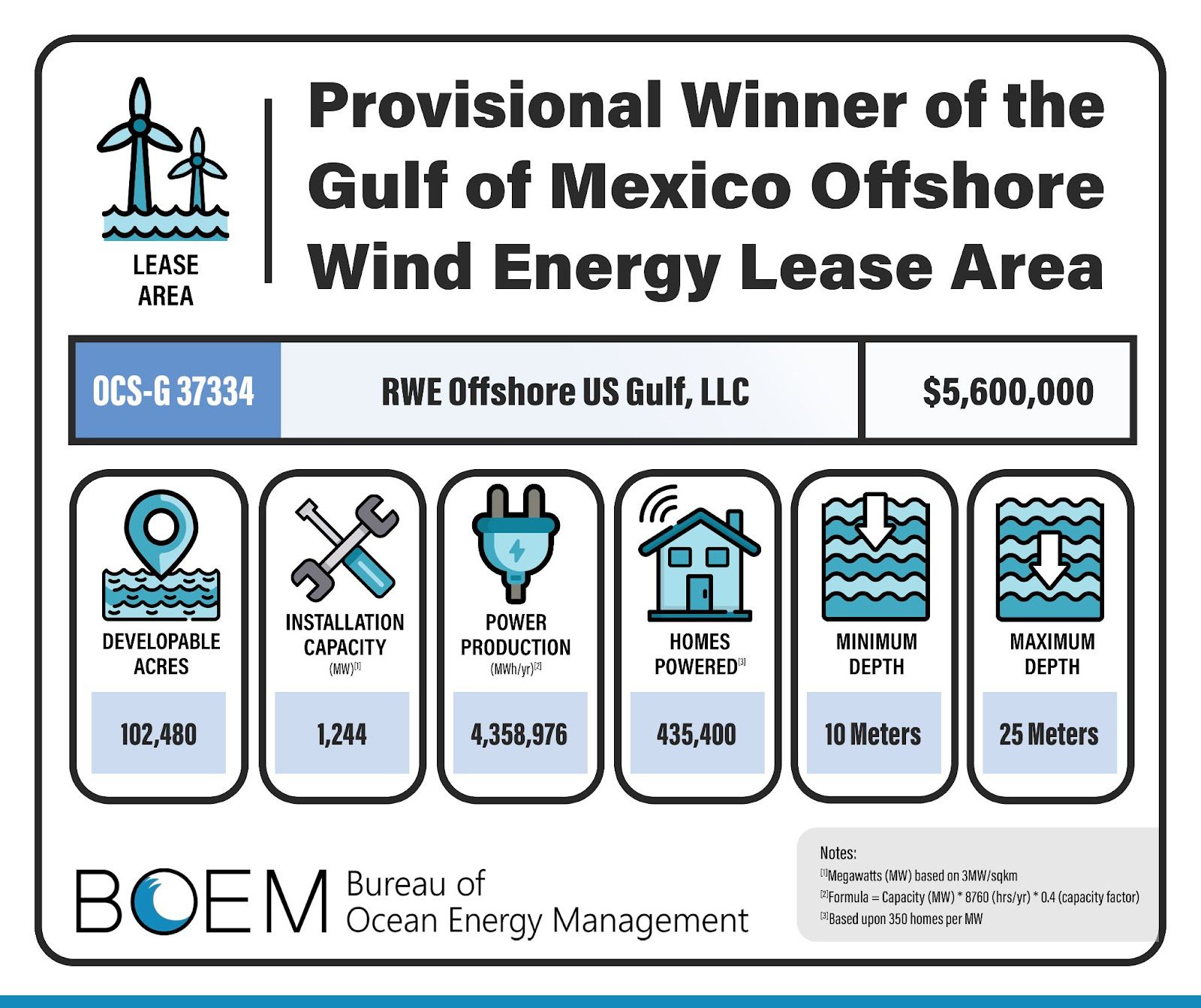
Photo Courtesy Bureau of Ocean Energy Management
“[The] lease sale represents an important milestone for the Gulf of Mexico region — and for our nation — to transition to a clean energy future,” Elizabeth Klein, Bureau of Ocean Energy Management director, said in a press release. “The Lake Charles Lease Area will have the potential to generate enough electricity to power about 435,400 homes and create hundreds of jobs.”
The Gulf of Mexico region is set to become a hotbed of clean energy opportunities. Since the Northeast U.S. has some of the highest power prices in the country, offshore wind projects are very competitive.
The Gulf region is focused off the coasts of Texas and Louisiana, which have no legal mandates for clean energy and slower wind speeds, meaning a slower build in the number of new offshore projects. Although power prices may be lower in this Deep South area, the transition to clean wind energy will further drop average heating and cooling and power costs for residents and businesses alike. The Gulf region is expected to spur innovative new projects.

Photo Courtesy BOEM
“When we get to the Gulf, [offshore wind] will start becoming much more disconnected from the grid,” Cheryl Stahl, principal project manager at risk assessment firm DNV, told Reuters. “The Gulf gets to be sort of a breeding ground for innovative solutions.”
Recent federal tax credits for hydrogen production, made law by the Inflation Reduction Act, have increased the proposition of pairing offshore wind with hydrogen production. The Lake Charles Lease Area came with up to 30% tax credit based on workforce training and fisheries.
The wind industry’s use of hydrogen, a low-emissions fuel made by electrolyzing water, is very important as the U.S. works to reach net-zero carbon emissions by 2030. The new wind-hydrogen combo has the potential to decarbonize various industries that previously relied on more traditional fossil fuels for energy.
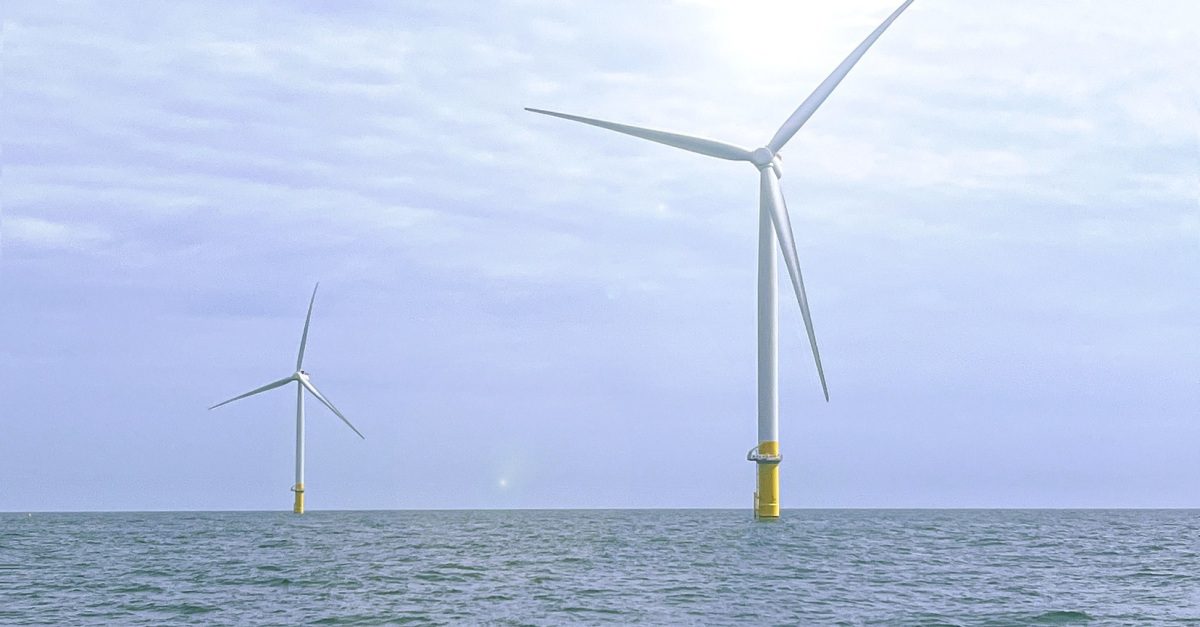
Photo Courtesy U.S. Department of the Interior Numerous wind energy companies are eyeing the Gulf. Shell said in April that the region is “uniquely situated to facilitate and benefit from green hydrogen production via offshore wind” due to its already-existing pipeline and port infrastructure. That, alongside the new federal green hydrogen funding, means the region is ripe for a sustainable, clean energy boom.


